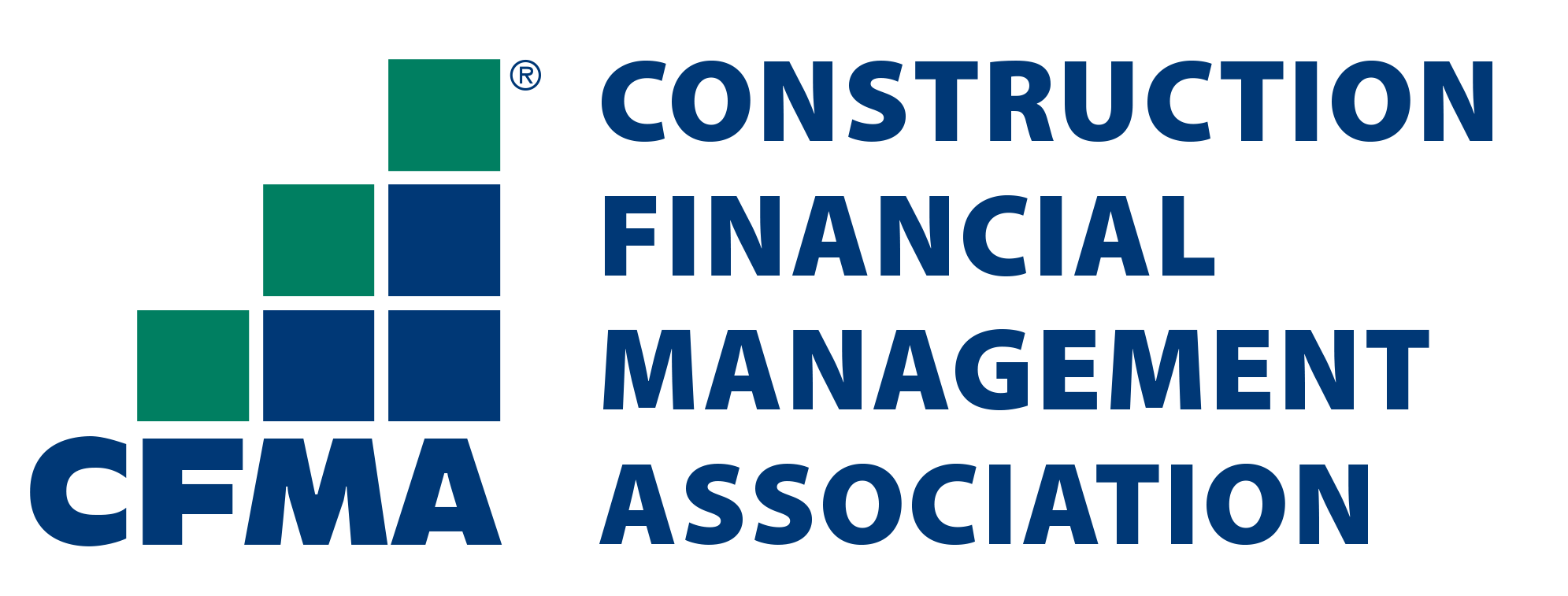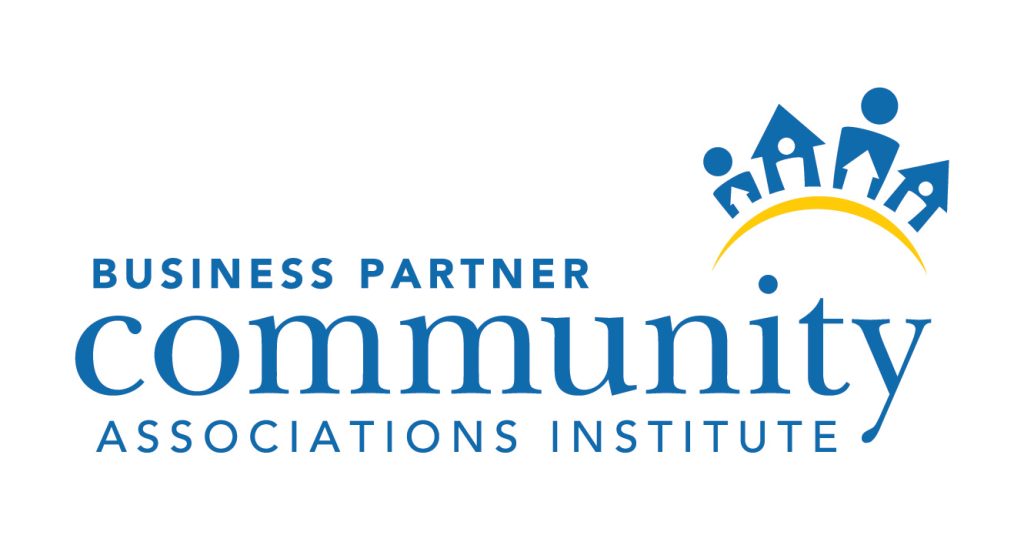
Tips for a Faster, Better Month End Close
- November 22, 2016
- admin@ohi

Month end close is an important process for any finance team because it marks the end of collecting and reconciling financial data in a manner that provides clear insight into a company’s financial health. For many businesses, though, this process is often stressful, time-consuming, and full of errors, with no time to analyze or make strategic decisions. Fortunately, using the right practices, it is possible to accelerate this process while ensuring accuracy as well.
In this blog, we will discuss some key tips that will help your finance team close the month much faster, smoother, and more efficiently.

Preparing a good number of days in advance helps month end close in accelerating the month-end close process. Reconciling data at the last days of the month or gathering all the documents needed puts a lot of pressure on your finance team, which leads to more errors and delays.
Review the Previous Month’s Close:
Identify the problems that you encountered in the previous month and plan to ensure that you do not make them again this month.
Create a Checklist:
Prepare a uniform month-end close checklist for all tasks to be performed. This avoids missing necessary steps and ensures consistency.
Continuous Reconciliation:
Do not wait until the end of the month to start reconciling accounts. Encourage your team to reconcile high-volume accounts, such as bank transactions and accounts payable, continuously throughout the month.
Automation can save huge amounts of time on manual, redundant activities by making processes faster and more accurate. There are many such activities in finance, from report generation to reconciling bank accounts, that can be automated.
Journal Entries:
Many accounting platforms support automatic journal entries, thus minimizing manual entries each month.
Bank Reconciliations:
Automated reconciliation ensures instant matching of transactions, freeing up your team’s time.
Data Imports:
Do not wait until the end of the month to start reconciling accounts. Encourage your team to reconcile high-volume accounts, such as bank transactions and accounts payable, continuously throughout the month.

Clear delegation of responsibilities improves accountability and ensures that no one on your team is overwhelmed. Make sure each team member knows exactly what they need to accomplish and by when.
Assign Tasks by Expertise:
Delegate specific tasks to team members based on their skills and experience.
Set Deadlines
Ensure that each assigned task has a deadline with enough time for review before the final close.
Monitor Progress:
Check in with team members regularly to ensure that tasks are being completed on time.
Standardization reduces variability in the month end close process. It minimizes errors and eliminates unnecessary steps, which helps expedite the process.
SOPs:
Identify the problems that you encountered in the previous month and plan to ensure that you do not make them again this month.
Template Usage:
Prepare a uniform month end close checklist for all tasks to be performed. This avoids missing necessary steps and ensures consistency.
Create a Closing Calendar:
Do not wait until the month end close to start reconciling accounts. Encourage your team to reconcile high-volume accounts, such as bank transactions and accounts payable, continuously throughout the month.
One of the biggest causes of delays in closing the books is waiting for data from other departments or third-party systems. Real-time data minimizes waiting times and keeps the close on track.
Integrated Systems:
Ensure your accounting system is integrated with other key platforms, such as inventory management and CRM systems.
Cloud Accounting Software:
Cloud accounting makes financial data accessible anytime, anywhere, helping teams complete the close efficiently.
Real-Time Reporting:
Use real-time financial dashboards to continuously monitor financial performance and prepare for the final close.

Preparing a good number of days in advance helps in accelerating the month end close process. Reconciling data at the last days of the month or gathering all the documents needed puts a lot of pressure on your finance team, which leads to more errors and delays.
Review the Previous Month’s Close:
Identify the problems that you encountered in the previous month and plan to ensure that you do not make them again this month.
Create a Checklist:
Prepare a uniform month-end close checklist for all tasks to be performed. This avoids missing necessary steps and ensures consistency.
Continuous Reconciliation:
Do not wait until the month end close to start reconciling accounts. Encourage your team to reconcile high-volume accounts, such as bank transactions and accounts payable, continuously throughout the month.
Each month offers an opportunity to review what went well and what didn’t, so you can continuously improve the workflow.
Post-Mortem Reviews:
After each close, hold a meeting to discuss what went well and where bottlenecks occurred.
Benchmark Performance:
Track the time it takes to close the books and set goals to improve efficiency.
Encourage Team Feedback:
Ask your finance team for suggestions on how the process can be faster or smoother.
Keep your team’s knowledge and skills up to date. Finance professionals should be encouraged to stay current on new technologies, accounting standards, and best practices.
Training Sessions:
Hold regular training sessions to ensure your team is familiar with the latest tools and processes.
Stay Informed:
Subscribe to industry newsletters, attend webinars, or join accounting groups to stay informed about changes in accounting regulations.
Cross-Training:
Cross-train your team members in different aspects of the close process to avoid bottlenecks when someone is unavailable.

A fast, efficient month-end close process doesn’t happen overnight, but by preparing in advance, embracing automation, and standardizing your processes, you can significantly reduce the time and effort required to close the books. By adopting these strategies, your finance team will not only save time but also increase accuracy, enabling your business to make better financial decisions and focus on growth.
Contact us for a customized NO OBLIGATION proposal for outsourcing your accounting activities.









